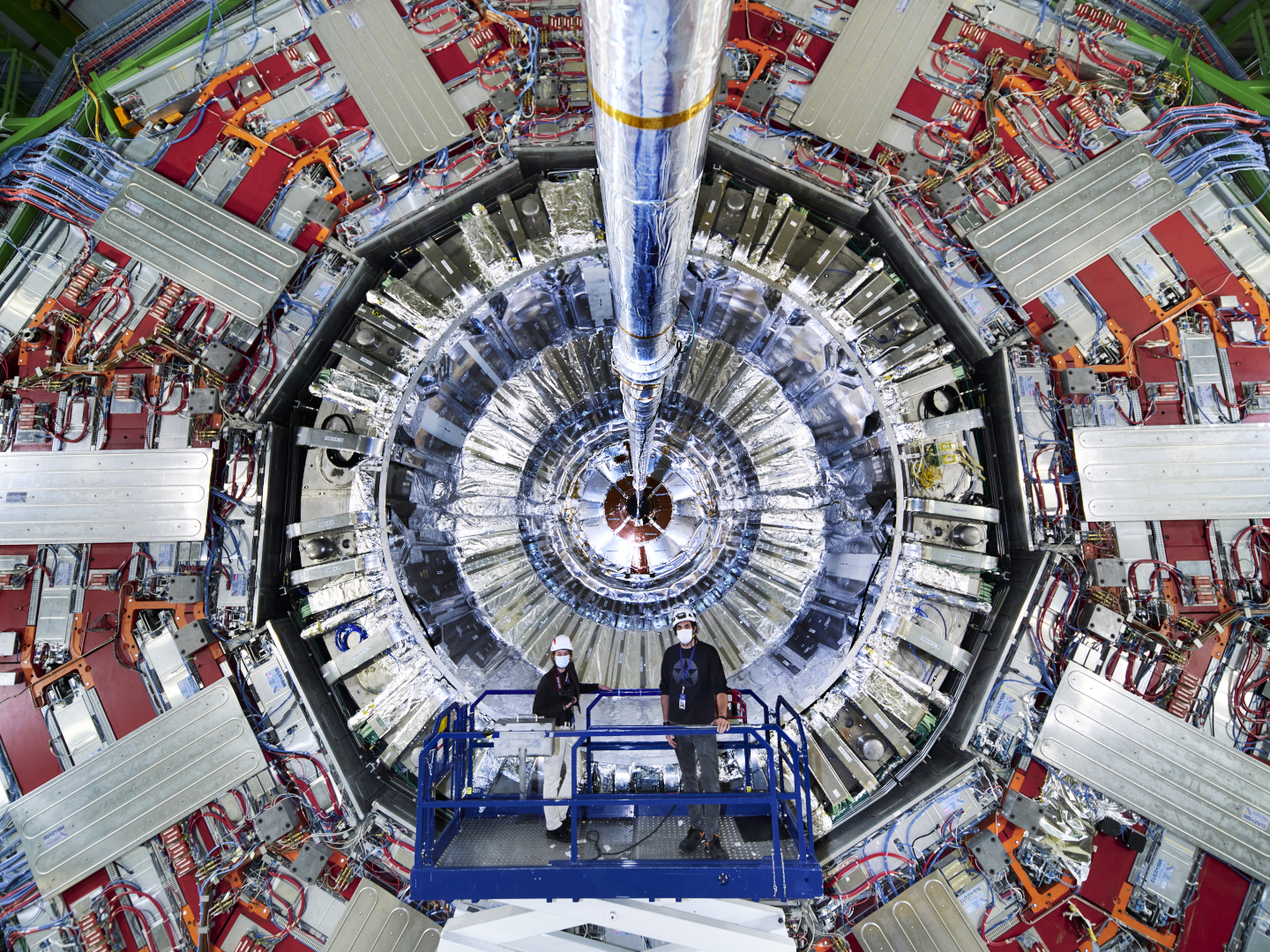In the realm of modern physics, few instruments are as awe-inspiring and groundbreaking as the particle accelerator. These sophisticated machines have transformed our understanding of the universe, from the tiniest subatomic particles to the vast cosmos. Particle accelerators use electric and magnetic fields to propel charged particles to high speeds, allowing scientists to collide them and study the fundamental building blocks of matter. The insights gained from these experiments have not only advanced theoretical physics but have also paved the way for practical applications in various fields, including medicine, materials science, and energy production.
Particle accelerators come in various shapes and sizes, from small laboratory devices to massive facilities spanning miles in length. They have been instrumental in a plethora of discoveries, such as the Higgs boson, which deepened our understanding of mass and the fundamental forces that govern the universe. As researchers continue to push the boundaries of what is possible, the future of particle accelerators holds exciting potential for unraveling the mysteries of dark matter, antimatter, and the very fabric of space and time.
As we delve deeper into the mechanics and significance of particle accelerators, it becomes clear that these remarkable machines are not just confined to laboratories. They are vital tools in a wide range of scientific and medical applications, impacting our daily lives in ways we may not even realize. Join us as we explore the intricacies of particle accelerators, their history, their current uses, and their potential future advancements.
What is a Particle Accelerator?
A particle accelerator is a device that uses electromagnetic fields to propel charged particles to high speeds and contain them in well-defined beams. The primary purpose of these accelerators is to collide these particles with one another or with target materials, allowing scientists to study the resultant interactions. This research is pivotal in the quest to understand the fundamental forces and particles that constitute the universe.
How Do Particle Accelerators Work?
The operation of a particle accelerator involves several key components and processes:
- Particle Source: This is where particles, such as electrons or protons, are generated.
- Acceleration: Using high-frequency electromagnetic fields, particles are accelerated to nearly the speed of light.
- Focusing: Magnetic fields focus the particle beams to keep them aligned and concentrated.
- Collision: The high-speed particles are directed to collide with other particles or targets, leading to various interactions.
- Detection: Advanced detectors capture the results of these collisions, allowing scientists to analyze the data.
What Are the Different Types of Particle Accelerators?
Particle accelerators can be categorized into two main types:
- Linear Accelerators (Linacs): These accelerators propel particles in a straight line, using a series of oscillating electric fields.
- Circular Accelerators: These machines, like the Large Hadron Collider (LHC), use a circular path to accelerate particles, allowing them to gain energy with each revolution.
What Are the Applications of Particle Accelerators?
Particle accelerators have a wide array of applications beyond fundamental research in physics. Some notable uses include:
- Medical Applications: Particle accelerators are used in radiation therapy to treat cancer by precisely targeting tumor cells.
- Material Science: They help in analyzing and modifying materials at the atomic level.
- Industrial Applications: Particle beams are employed in processes such as ion implantation and sterilization.
- National Security: Accelerators are used in detecting illicit materials and nuclear non-proliferation efforts.
What Are the Challenges Faced by Particle Accelerators?
Despite their significant contributions to science and technology, particle accelerators face several challenges:
- Cost: Building and maintaining particle accelerators can require billions of dollars, making funding a constant hurdle.
- Size: Some accelerators, like the LHC, are enormous and require substantial land and infrastructure.
- Energy Consumption: The energy required to operate these machines is immense, raising concerns about sustainability.
- Complexity: The intricate technology and research involved can pose challenges in maintenance and operation.
How Do Particle Accelerators Contribute to Fundamental Research?
Particle accelerators play a crucial role in advancing our understanding of the universe. By allowing scientists to probe deeper into the fundamental forces and particles, they have led to groundbreaking discoveries, including:
- The Higgs boson, which confirms the existence of the Higgs field.
- Evidence of dark matter and dark energy through various detection methods.
- Insights into the behavior of quarks and gluons, the building blocks of protons and neutrons.
What Does the Future Hold for Particle Accelerators?
The future of particle accelerators is filled with possibilities. As technology advances, we can expect:
- Smaller Accelerators: Innovations in techniques may lead to more compact and efficient designs.
- New Discoveries: Ongoing research may uncover new particles and phenomena that challenge our current understanding.
- Enhanced Medical Techniques: Further development in medical applications could lead to better treatment options for various diseases.
In conclusion, particle accelerators remain a cornerstone of modern science, pushing the boundaries of knowledge and technology. As researchers continue to explore the universe's mysteries, these remarkable machines will undoubtedly play a pivotal role in shaping our understanding of the cosmos for years to come.




